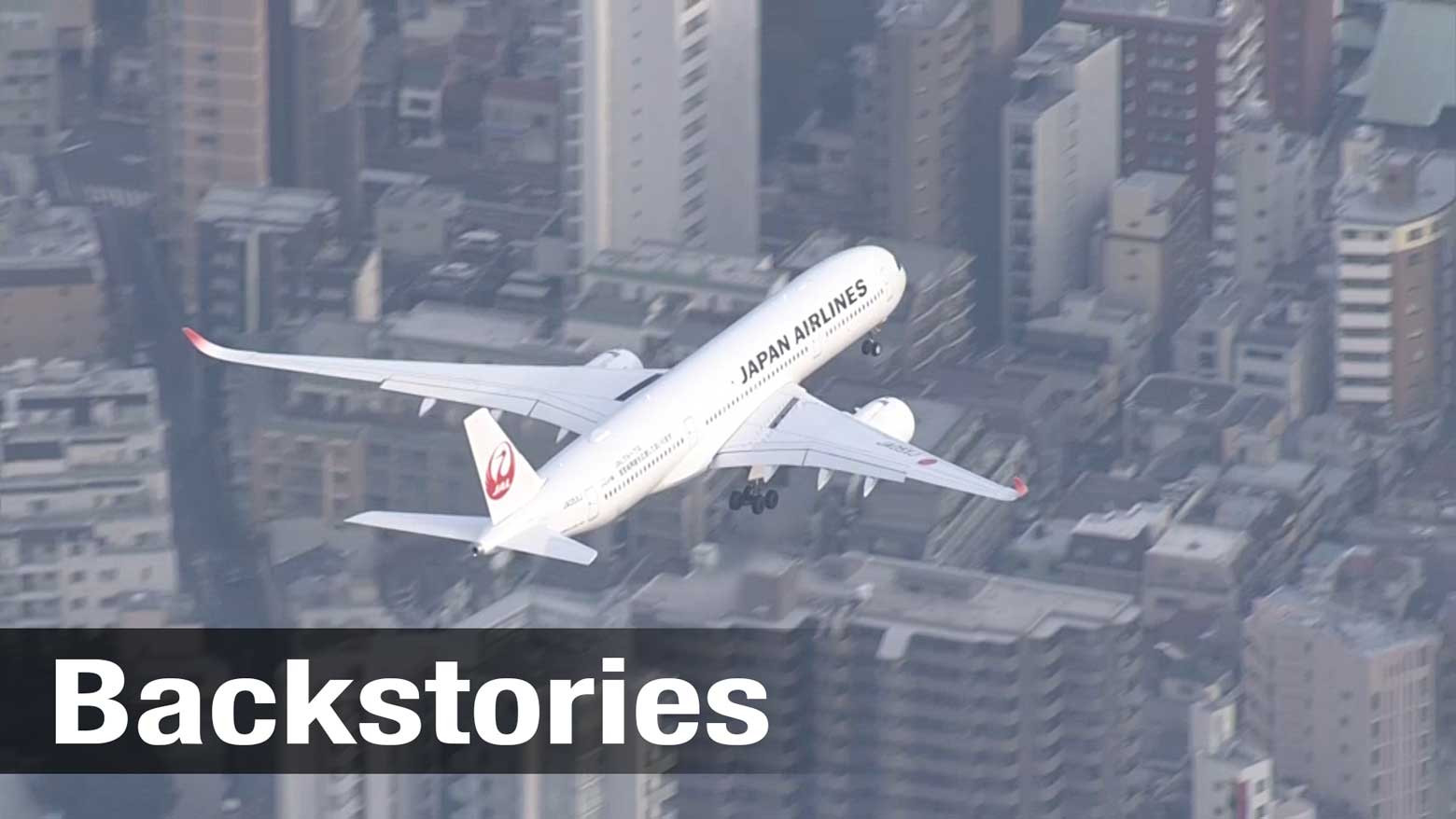Background
The new paths link Tokyo with 23 cities in the United States and Europe. They began operation on March 29 but about half of the flights using them were cancelled due to the coronavirus pandemic.
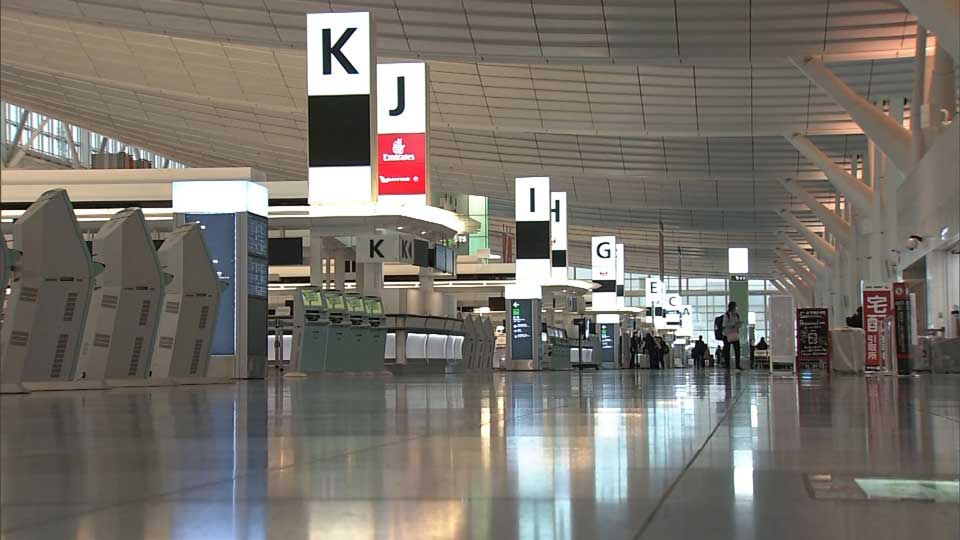
The Japanese transport ministry says the new routes raise the number of international flights arriving to and departing from Haneda from 60,000 to 99,000 a year. This means about 50 additional flights a day. Demand for flights to and from Haneda has always been high due to the airport’s proximity to central Tokyo.
The Olympics and increased tourism weren’t the only reasons for the introduction of the new routes. The transport ministry believes more international flights will help burnish Tokyo’s credentials as a major international business hub and inject about 6 billion dollars into the local economy.
Despite the pandemic, the government says it remains committed to the new routes, claiming foreign visitors will return once the pandemic subsides. But some Tokyo residents are worried about the increased flight traffic passing overhead.
Haneda has four runways, two sets of parallel airstrips arranged in a crossing configuration. Previously, when prevailing winds were southerly, runways A and C were used for takeoffs while B and D were used for landings. The system was designed so flights could avoid passing over the densely populated areas of central Tokyo. However, it also led to a glaring inefficiency: when planes were landing on B and D, others couldn’t take off from A and C. This wasted both time and fuel.
The new routes will use runways A and C for both takeoffs and landings, allowing for the introduction of more flights. But the planes will pass over central Tokyo.
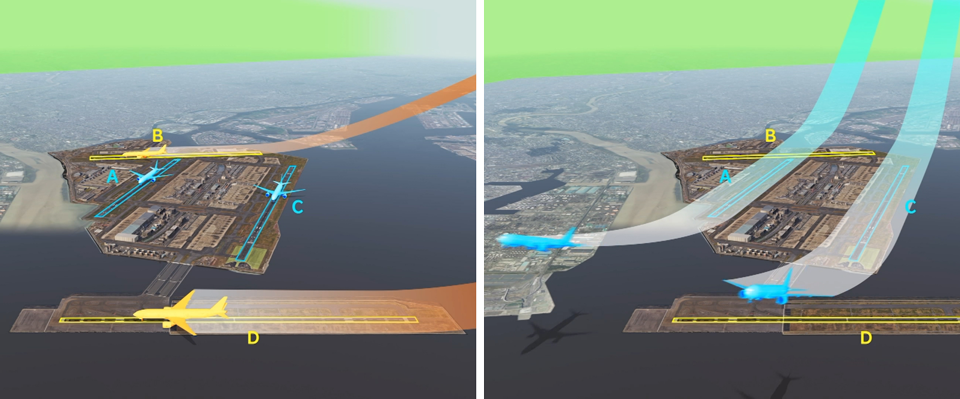
This has led some residents to raise concerns about noise, falling debris, and accidents.
Landing at Haneda may be "difficult"
Last July, the transport ministry introduced a set of measures to address these concerns, which included raising the altitude of the new routes.
The global standard angle of descent for passenger planes is 3.0 degrees. The ministry changed this for the new routes to 3.45 degrees, with the goal of having the planes stay higher for longer, thereby reducing the amount of noise heard on the ground.
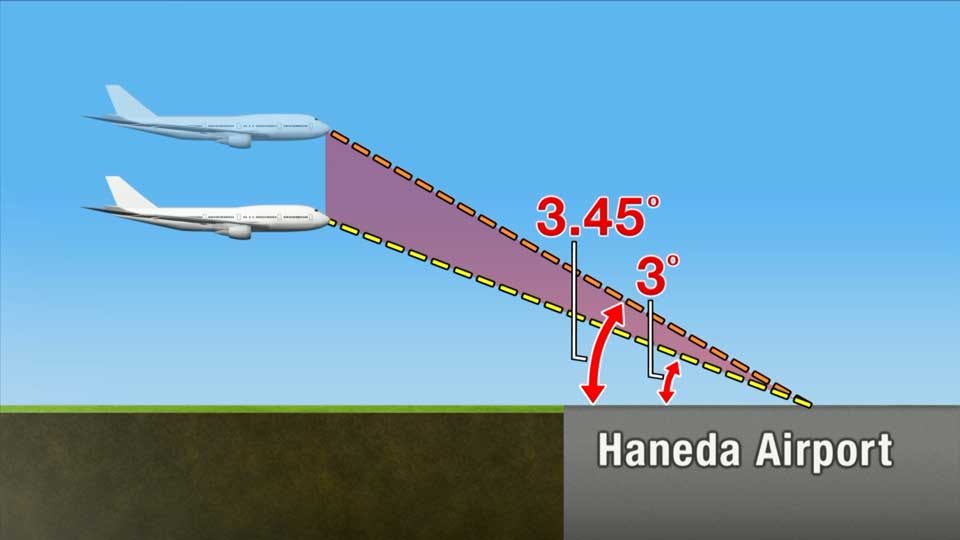
But Sugie Hiroshi, an aviation expert who was formerly a pilot for Japan Airlines, says landing at a steeper angle is difficult.
"People might think it's just a difference of 0.45 degrees, no big deal," Sugie says. "But for a pilot, it’s huge. Every tenth of a degree makes landing more difficult. This may make Haneda one of the most challenging major airports to land at."
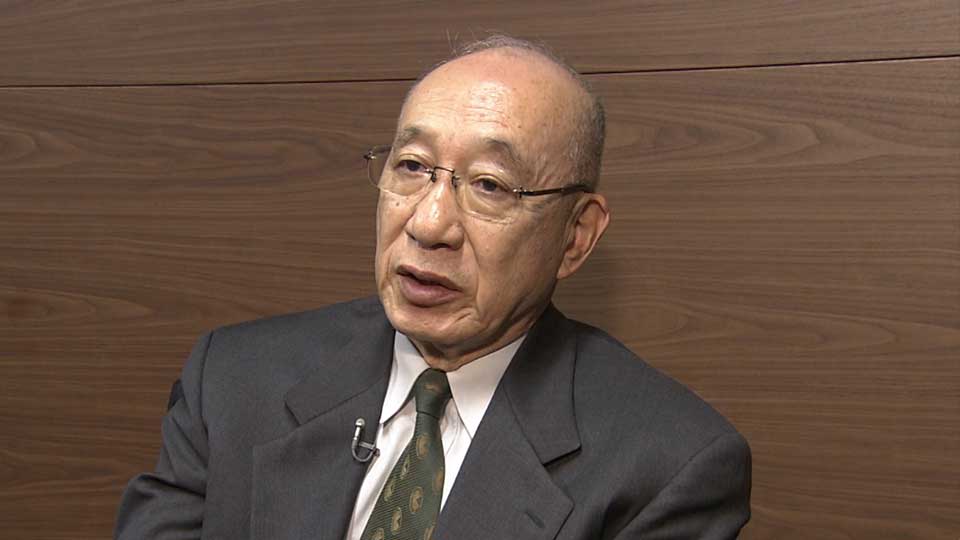
Yokota airspace
Some experts say noise wasn’t the only reason the angle of descent was changed. The new routes pass through what is known as the Yokota airspace, which covers the US Yokota Air Base and surrounding areas.

The Yokota Radar Approach Control airspace spans not only the base but a staggering 300 kilometers to the north and south, and 120 kilometers east and west. It covers ten prefectures, including Tokyo. The airspace is divided into six altitude levels, ranging from 2,450 meters to 7,000 meters. Even though it lies within Japan, it is regulated by the US military air traffic control.
US fighter jets and transport aircraft are given priority to use this airspace. Other planes are not allowed to pass the area without permission from the US forces. As a result, commercial aircraft landing or departing from Haneda avoid Yokota airspace.
"Right now, flights to and from Haneda approach and depart over Tokyo Bay to avoid flying over residential areas," Sugie says. "And pilots also increase their altitude to avoid flying through Yokota airspace. This takes a lot of time and fuel."
Recent negotiations led to the US granting Japan partial use of Yokota airspace. Experts say the 3.45 descent angle was put in place to ensure distance between commercial planes and the US military aircraft that fly at lower altitudes.
The transport ministry has refused to comment on the matter but has noted it is related to US military operations.
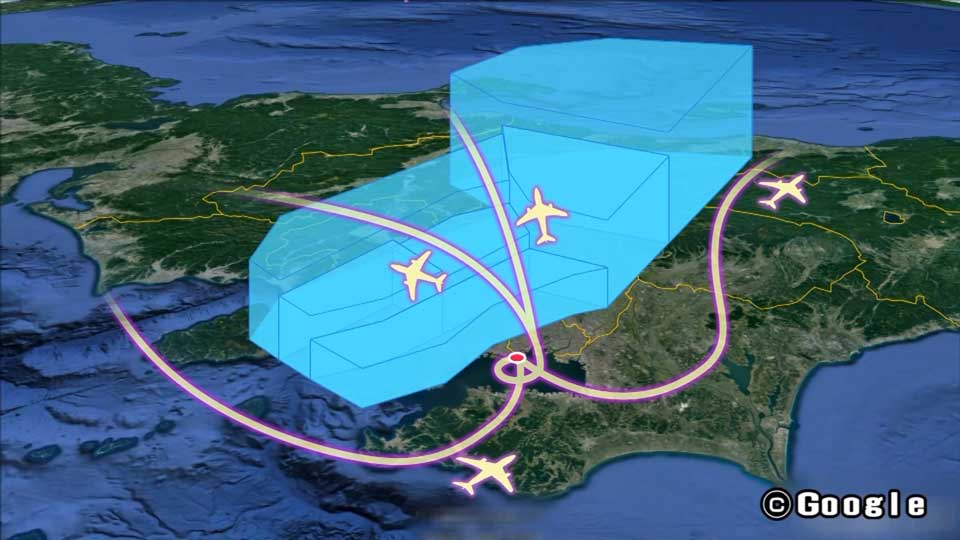
Control of airspace
The issue has led to questions over why the US continues to have so much power over Japanese airspace. At the root of the issue is a 1975 agreement that extended US control over military airfields and surrounding areas. This began during the American occupation following World War Two.
The agreement is the product of the Japan-US Joint Committee, a body made up of Japanese foreign ministry bureaucrats and US military personnel.
The Yokota airspace is an important matter concerning Japan's sovereignty. But issues related to it are decided without the direct involvement of the Diet, which represents the Japanese people.
For many, the Yokota airspace issue is another reminder of Japan’s limited sovereignty. It is believed that no other country has such vast amounts of airspace controlled by a foreign power. The US military presence in Japan has dogged many administrations; the new Haneda routes have brought the issue to the fore once again.
